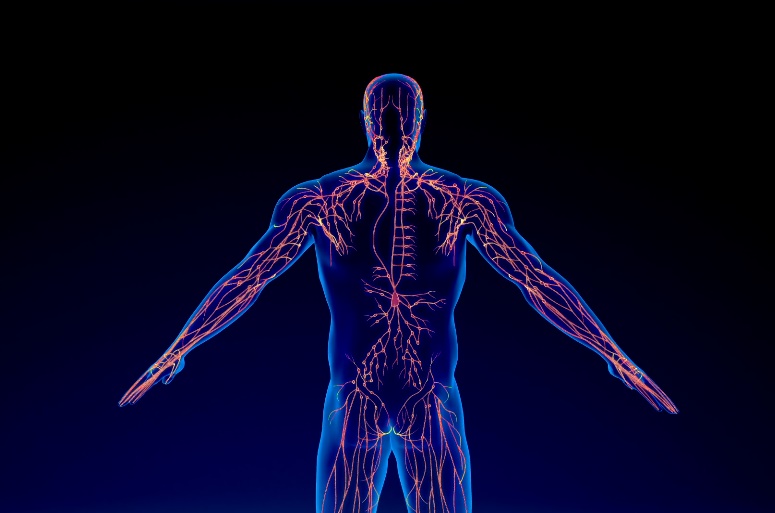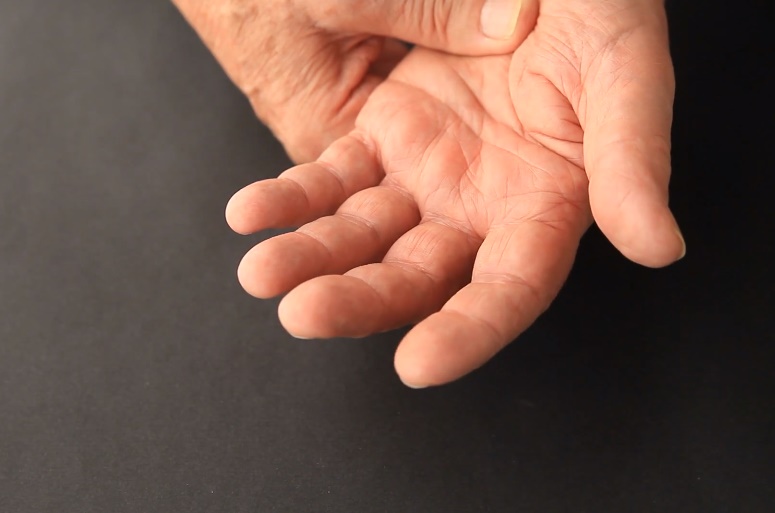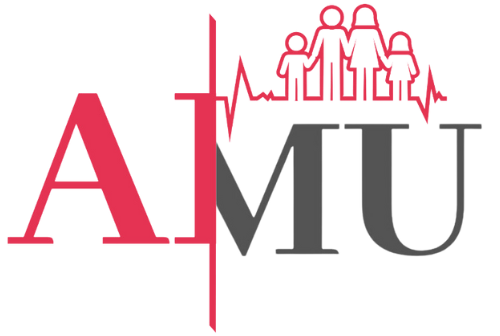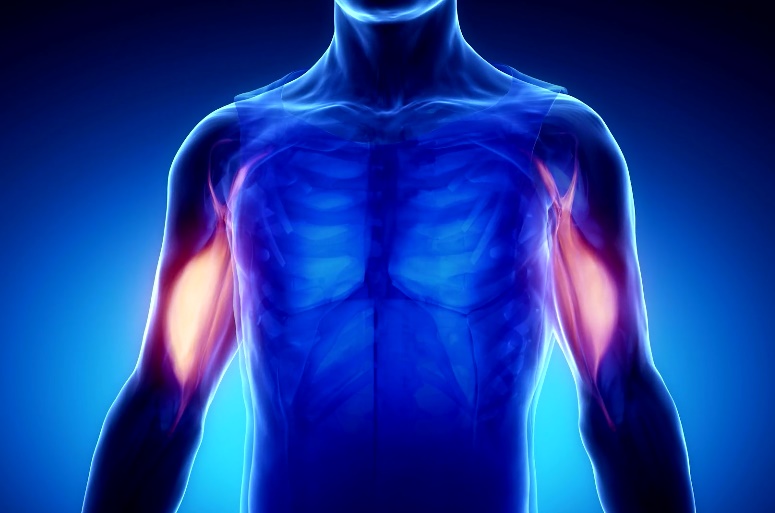Picture this: you’re sitting at your desk, sipping your morning coffee, when you notice your hands suddenly start to shake. You brush it off as nervousness or too much caffeine, but what if there’s more to it?
Whether you’ve experienced these yourself or are simply curious to learn more, join us as we explore Neurogenic Tremors and their impact on people’s lives.
What Are These Tremors?

Neurogenic tremors are involuntary muscle movements that can occur after a traumatic event, intense physical activity, or even during moments of emotional distress. They are the body’s way of releasing pent-up energy and tension.
The human body is a complex system, and when it experiences stress or trauma, it goes into a fight or flight mode. This heightened state can lead to a buildup of energy. When the immediate threat or stressor is gone, the body needs a way to release this energy.
Neurogenic tremors are one such mechanism. They are a part of the body’s natural recovery process, helping to restore balance and calm.
How to Differentiate Them from Other Tremors?
Not all tremors are neurogenic. There are various types that can be caused by conditions like Parkinson’s disease, multiple sclerosis, or even certain medications.
Neurogenic tremors are unique in that they are not linked to any neurological disease. They are transient and are directly related to a recent stressor or physical exertion.
| Characteristic | Neurogenic Tremors | Essential Tremors | Parkinson’s Tremors |
|---|---|---|---|
| Rhythmic Pattern | Spontaneous, rhythmic | Persistent, rhythmic | Persistent, rhythmic |
| Trigger Factors | Emotional stress, trauma | None in particular | None in particular |
| Bodily Distribution | Throughout the body | Specific body parts | Specific body parts |
| Involuntary Nature | Involuntary, difficult to control | Involuntary, may worsen with the intention | Involuntary, may worsen at rest |
| Absence at Rest | Tend to occur during activity | May occur at rest | Occur at rest |
| Temporary Duration | Short-lived, seconds to minutes | Persistent | Persistent |
| Response to Distraction | May lessen with distraction | Less likely to respond to distraction | Less likely to respond to distraction |
| Medical History | Often related to trauma, stress | None in particular | May develop with Parkinson’s |
| Professional Consultation | Necessary for accurate diagnosis | Recommended for assessment | Recommended for evaluation |
Benefits of Neurogenic Tremors – Sounds Impossible?

While the experience of shaking uncontrollably can be unsettling, understanding the benefits of these tremors can offer a sense of relief and appreciation for the body’s innate wisdom.
Natural Stress Release
One of the primary benefits is the release of stress. When the body undergoes trauma or intense stress, it stores this energy. Tremors help in releasing this accumulated tension, aiding in relaxation and reducing the risk of chronic stress-related ailments.
Emotional Processing
Beyond the physical release, these tremors can also aid in emotional processing. As the body shakes off the stored energy, it can also help in processing and releasing trapped emotions.
This can be particularly beneficial for individuals who have experienced emotional traumas.
How to Manage Them?

While neurogenic tremors are a natural process, there are ways to manage them and even encourage their occurrence for therapeutic reasons.
Create a Safe Environment
If someone is experiencing these, it’s essential to ensure they are in a safe environment. This means a space where they won’t be at risk of injury and where they feel emotionally secure.
Soft padding or cushions can be used to protect against falls, and the presence of a trusted individual can offer emotional support.
Therapeutic Tremor Induction
Some therapists use techniques to induce neurogenic tremors in a controlled environment. This can be beneficial for individuals who have suppressed emotions or trauma. By encouraging the body to release through tremors, they can facilitate emotional healing and physical relaxation.
Neurogenic Tremors in Therapy
The therapeutic world has begun to recognize the potential benefits of neurogenic tremors. By integrating them into therapeutic practices, professionals can offer a unique approach to healing and recovery.
Trauma Release Exercises (TRE)
TRE is a set of exercises specifically designed to induce neurogenic tremors. Developed by Dr. David Berceli, these exercises help individuals release deep muscular patterns of stress, tension, and trauma.
By safely activating a natural reflex mechanism of shaking, TRE allows the muscles to relax and the nervous system to calm down.
The Role of the Therapist
In therapy, the role of the therapist is crucial when working with these tremors. They provide guidance, ensure the safety of the client, and offer emotional support. The therapist can also help the client process any emotions or memories that may arise during the tremor experience.
Common Misconceptions
Like many phenomena that are not widely understood, these are surrounded by myths and misconceptions. Addressing these can help in destigmatizing the experience and encouraging more people to seek help if needed.
“It’s a Sign of Weakness”
One common misconception is that experiencing neurogenic tremors is a sign of emotional or physical weakness. This is far from the truth. Tremors are a natural response of the body, and experiencing them does not indicate any inherent weakness in an individual.
“Only Traumatized Individuals Experience Them”
While trauma can lead to these tremors, it’s not the sole cause. Physical exertion, stress, or even intense excitement can lead to these tremors. It’s a universal bodily response and not limited to those who have experienced trauma.
Practical Tips for Those Experiencing Tremors

For those who experience neurogenic tremors, whether spontaneously or through therapeutic induction, there are practical steps to ensure safety and maximize benefits.
Stay Informed
Knowledge is empowering. Understanding what’s happening in your body can alleviate fear or confusion. Seek out resources, like this blog post, or consult with professionals to stay informed.
Listen to Your Body
Every individual’s experience is unique. It’s essential to listen to your body. If something feels off, or if the tremors are causing distress, seek professional guidance. Remember, while these are a natural process, your comfort and safety are paramount.
Spread Awareness!
As with many misunderstood or stigmatized experiences, advocacy plays a crucial role in changing perceptions and providing support. Individuals and organizations are stepping up to spread awareness and offer resources.
Support Groups and Communities
Online and offline support groups have emerged, offering a platform for individuals to share their experiences, seek advice, and find solace in communal understanding. These communities play a pivotal role in normalizing the conversation around neurogenic tremors.
Educational Campaigns
Several organizations and passionate individuals have launched campaigns to educate the general public, medical professionals, and therapists about these tremors.
Through seminars, workshops, and online resources, they aim to dispel myths and provide accurate information.
FAQs:
What is the connection between Neurogenic Tremors and PTSD?
Chronic stress, which is strongly associated with PTSD, can lead to these tremors. The muscles remain under high strain due to chronic stress, leading to these.
What is their root cause?
The primary cause is trauma. Effective treatment aims to ease this trauma reaction and help regain mental equilibrium.
Is inpatient care necessary for trauma treatment?
Inpatient care is often the starting point for those with moderate to severe trauma symptoms. It provides comprehensive treatments and a supportive environment for recovery.
What is the main treatment option for trauma?
Psychotherapy, especially techniques under cognitive behavioral therapy (CBT), is the primary treatment option.
Are there other mental health conditions associated with NTs?
Yes, conditions like generalized anxiety disorder, social phobia, and panic disorder are also associated with neurogenic tremors.
The Bottom Line
Neurogenic tremors might sound like a complex term, but at its core, it’s about our body’s way of saying, “Hey, I need a moment.” Just as we take deep breaths after a sprint or cry when overwhelmed, these tremors are our body’s natural response to life’s rollercoasters.
Through the insights and facts we’ve explored, it’s evident that every shake, shiver, or tremble is a step toward healing. So, the next time you or someone you know experiences this, remember it’s just the body’s way of hitting the reset button.

